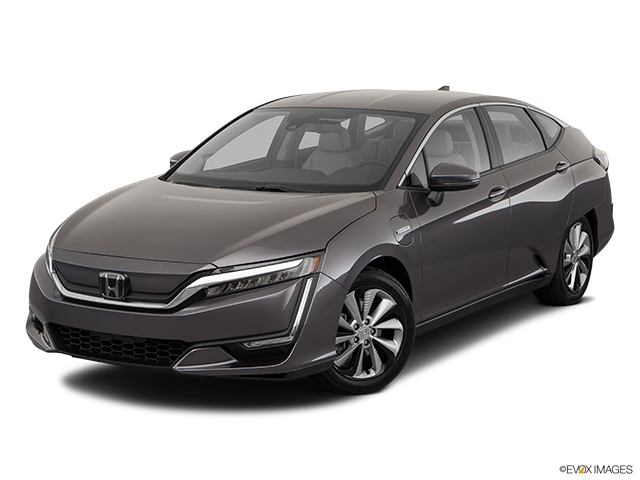2019 Honda CLARITY ELECTRIC 4 DR FWD
Safety Ratings.
NHTSA’s 5-Star Safety Ratings help consumers compare vehicle safety when searching for a car. More stars mean safer cars.
Combines Side Barrier and Side Pole Star Ratings into a single side rating.
Combines Side Barrier and Side Pole Star Ratings into a single side rating.
The Rollover Resistance test measures the risk of rollover in a single-vehicle, loss-of-control scenario.
2 Complaints
The contact owns a 2019 Honda Clarity Electric. The contact stated that the vehicle failed to start up as needed. The contact mentioned the vehicle had to be jump-started. The contact stated that the failure occurred multiple times. The vehicle was taken to the dealer where the failure was undetermined. The vehicle was not repaired. The manufacturer was not notified of the failure. The failure mileage was unknown.
PHEV BURNING SMELL ECON (EV) DRIVING. IT HAPPENED 2 TIMES AFTER THE BATTERY DROPS TO TWO BARS, WHICH MEANS MODE WAS CHANGED TO HYBRID FROM ECON. THERE WERE BIG VROOM SOUNDS FROM ENGINE ROOM WHEN EV MODE CONVERTED HYBRID MODE AT THE SPEED OF 60-70 MPH. EVEN AT THE SPEED OF 5-10 MPH, THE ENGINE SOUND WAS REALLY BIG (IT SOUNDED LIKE REALLY HIGH RPM AT THE LOW SPEED). AROUND 2-3 MIN DRIVING AS HYBRID MODE FROM ECON, I FELT VERY STRONG BURNING SMELL FROM THE ENGINE AREA. I GOOGLED AND FOUND I'M NOT THE ONLY PERSON WHO EXPERIENCED THIS PROBLEM. THERE WOULD BE PROBLEMS WITH EV, ICE, HYBRID SYSTEM. ALSO IT COULD BE FIRE HAZARD WHEN BEING CHARGED.
1 Recalls
Honda (American Honda Motor Co.) is recalling certain 2019 Clarity Fuel Cell, Clarity Electric, and Clarity Plug-in Hybrid vehicles with rear seat belt assemblies with a dual-mode locking mechanism. The seat belt webbing sensor locking mechanism may not lock as intended.
Owners may also contact the National Highway Traffic Safety Administration Vehicle Safety Hotline at 1-888-327-4236 (TTY 1-800-424-9153), or go to www.safercar.gov.
Get started for free
Get a free preview of the report


Combines Driver and Passenger star ratings into a single frontal rating. The frontal barrier test simulates a head-on collision between two similar vehicles, each moving at 35 mph.